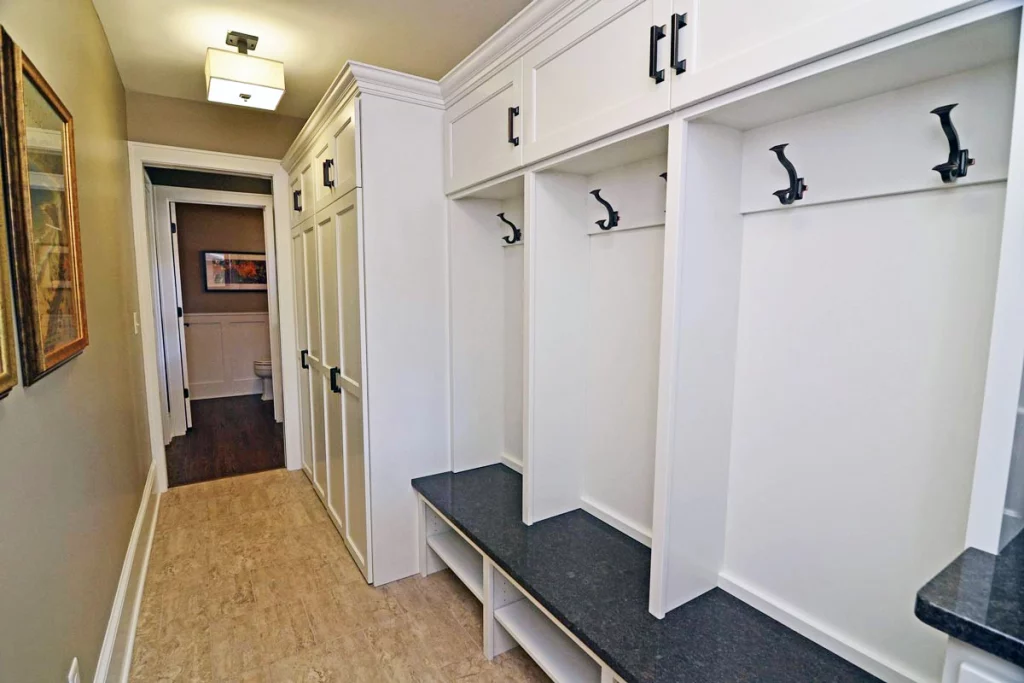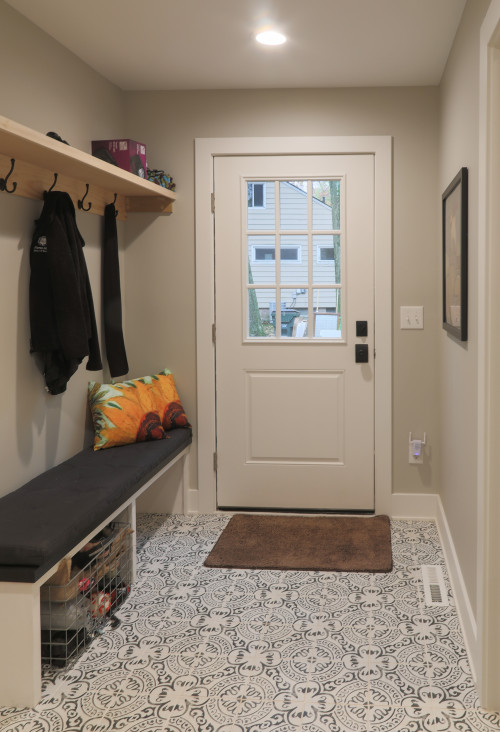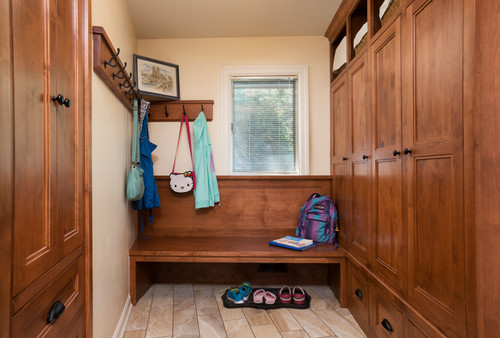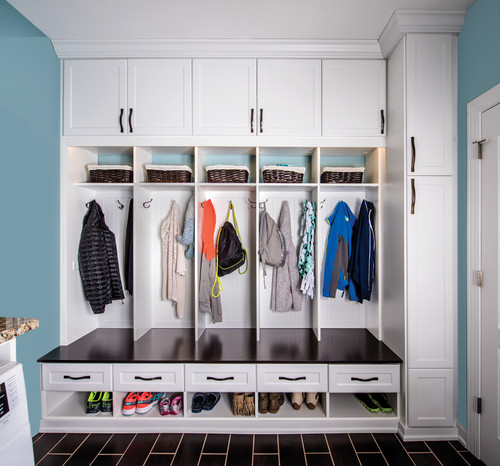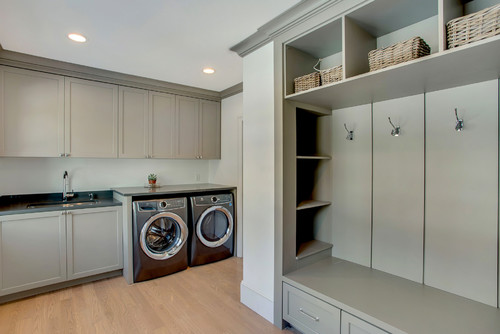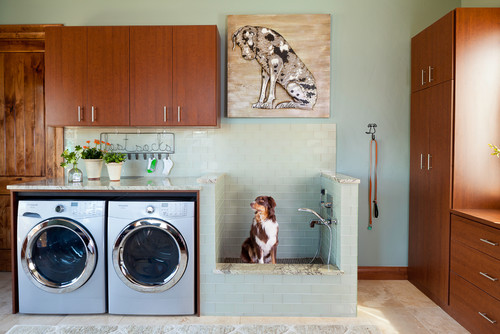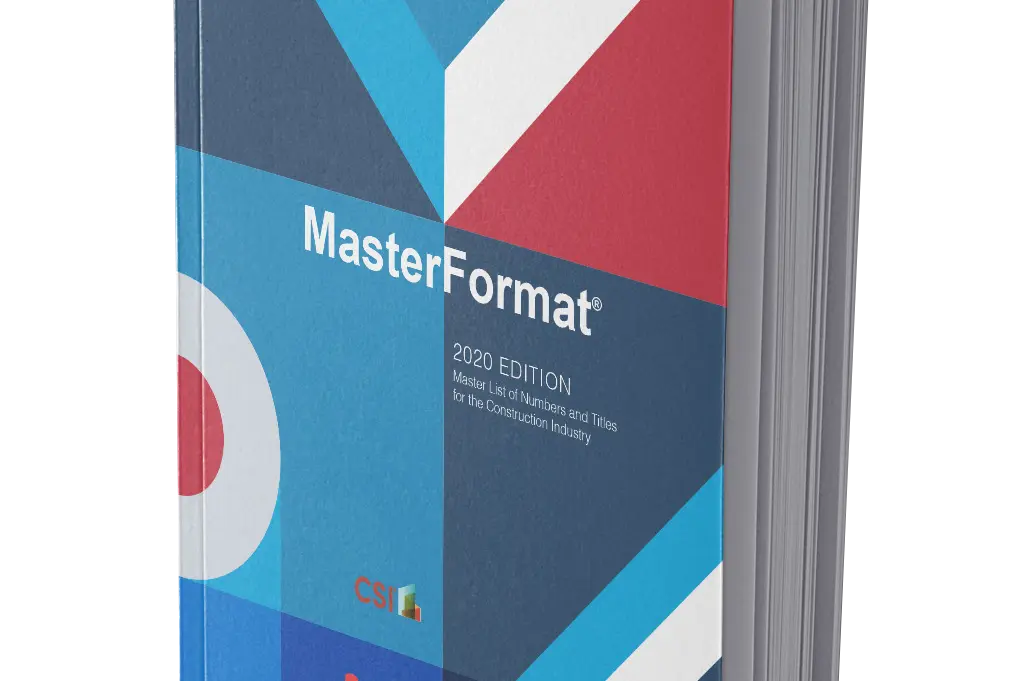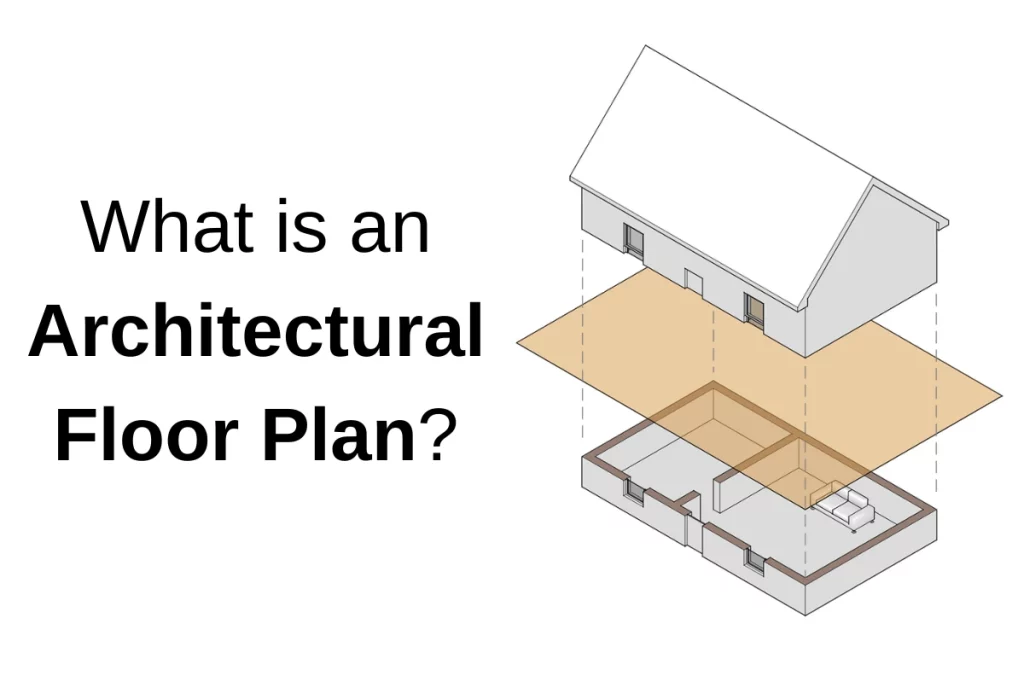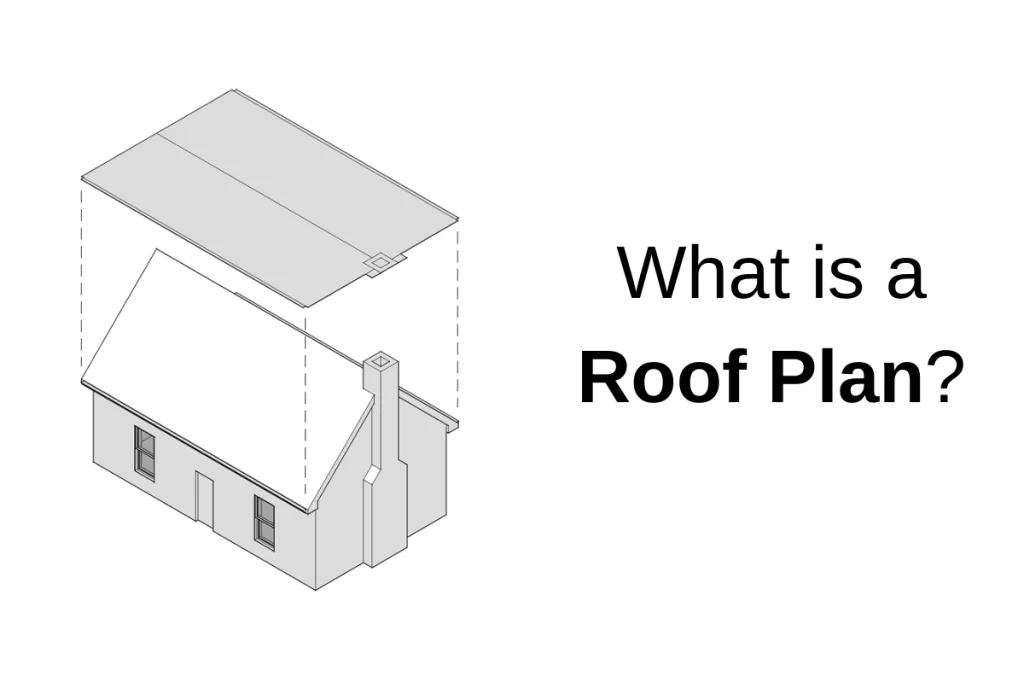Cover image from Christian Brother Cabinets
Imagine this: you step inside your home after a brisk walk or a gardening session, and you’re met with a neat and organized space that effortlessly keeps outdoor mess at bay.
This magic can happen thanks to a well-placed mudroom, strategically positioned near your main entrance. Let’s delve into the art of mudroom placement and how it can transform your home.
What is a mudroom?
A mudroom, sometimes referred to as a vestibule or boot room, is a specialized space within a home that serves as a transitional zone between the outdoors and the indoors. The term “mudroom” originated from its historical function of preventing mud and dirt from being tracked into the main living areas, especially during inclement weather.
It’s a place where muddy boots, wet clothing, and outdoor accessories can be removed and stored, keeping the rest of the home clean and organized. Mudrooms are not limited to large country homes; they can be creatively designed to fit even the smallest of spaces, utilizing a spare wall near a back or side entrance.
With designated storage for outerwear, footwear, bags, and seasonal items, the mudroom helps maintain a tidy living space while protecting main areas from dirt and moisture. Its durable flooring and storage solutions cater to active lifestyles, preventing messes from spreading. Additionally, the mudroom serves as a pet-friendly zone, allowing for easy grooming and storage of pet essentials.
Where are mudrooms typically located?
The mudroom is strategically positioned near the entrance of the house most often used by the people who live there. The mudroom is usually at the most used entrance, but not the “formal” entrance. Usually, it’s located between the garage and the house, or at the back or side doors, depending on the layout of the home and the typical pathways people take when entering or exiting.
While the mudroom is connected to the main entrance, it’s also physically separated from the main living areas of the house. This separation is often achieved through architectural design, such as a hallway or having to travel through another space.
General Sizes of a Mudroom
The size of a mudroom can vary widely depending on its purpose, the available space, and individual preferences. Here are some general guidelines for mudroom sizes based on their purposes:
Basic Mudroom
A simple area to remove outdoor gear and shoes, with minimal storage needs. It’s around 4 feet by 6 feet (24 square feet) to 6 feet by 8 feet (48 square feet).
Functional Mudroom
A space for removing outdoor gear, shoes, and storing a moderate amount of items like coats, bags, and umbrellas. It’s around 6 feet by 8 feet (48 square feet) to 8 feet by 10 feet (80 square feet).
Family Mudroom
A larger space designed for a family, with additional storage for multiple people’s outdoor gear, sports equipment, and additional items. It’s around 8 feet by 10 feet (80 square feet) to 10 feet by 12 feet (120 square feet).
Multi-Purpose Mudroom
A versatile area that serves as a transition space, laundry room, pet care station, and more. It’s around 10 feet by 12 feet (120 square feet) or larger, depending on the additional functions.
It’s important to note that these dimensions are approximate and can vary based on factors like the layout of the home, existing conditions, available space, and the specific needs of the individuals using the mudroom.
Additionally, built-in storage solutions such as cubbies, benches, hooks, shelves, and cabinets can significantly affect the space’s functionality and perceived size. When designing a mudroom, consider factors like traffic flow, the number of people using it, and the types of items you need to store.
Components of a Mudroom
Coat and Shoe Storage
Coat and shoe storage is a fundamental component of a mudroom, ensuring outerwear and footwear are neatly organized and readily accessible. The right design choices for these can create a stunning mudroom that won’t detract from the overall look of your home.
Whether it’s open shelving or closed cabinets, the design must accommodate various sizes and types of outdoor wear. This can include coat hooks for hanging jackets, bags, and hats, as well as designated cubbies or shelves for shoes. Coat hooks are usually mounted at various heights to accommodate different items.
Cubbies or shelves can vary in size, generally around 12 inches in width and 12-18 inches in height for shoes. Larger cubbies can be built and baskets used to keep the space from looking cluttered while allowing you to easily swap out styles.
Seasonal Storage
Designing a mudroom with designated compartments for seasonal items such as gloves, hats, umbrellas, etc. ensures that everything has its place. This thoughtful planning helps in stylishly uncluttering the entrance, making it easier to enter and exit the home with peace.
Consider varying sizes of pull-out baskets, lidded boxes, or storage on wheels to accommodate items for all seasons, including larger spaces for winter gear and smaller compartments for smaller items. Individual compartments or baskets could measure around 6-8 inches wide and 6-8 inches deep for smaller items. Larger compartments might measure 12-18 inches wide and 12-18 inches deep for bulkier items.
Utility and Hand Sink
A utility sink or hand sink in the mudroom provides a convenient area for quick cleanups, especially after outdoor activities or gardening. A big deep sink is perfect for all the messy jobs, and tall taps can accommodate buckets and watering cans. Utility sinks can vary in size but often range from 18 to 24 inches in width and 12 to 18 inches in depth.
Washer/Dryer Location
A mudroom is a common location for a washer and dryer. It makes it convenient to launder clothes directly after outdoor activities, reducing the mess carried into the home. It tends to be a hidden room to guests, so clothes hampers will be out of sight.
The dimensions depend on the specific washer and dryer models, but a standard washing machine might be around 27 inches in width and 30-34 inches in depth (plus room for the dryer hose). Assume about 60″ total width for side-by-side models.
Pet Considerations
A dog washing station is a valuable addition for pet owners. It provides a convenient place to clean pets before they enter the main living area, ensuring that everyone who enters the house feels comfortable and truly welcome. A dog washing station includes a basin or area designed for bathing pets. It often includes a handheld showerhead and drainage system to manage water flow.
The dimensions of a dog washing station can vary, but the basin might be around 24-30 inches in width and 36-48 inches in length. Don’t forget to add a dedicated place to hang leashes and other pet items.
Cabinets and Countertops
Cabinets and countertops provide storage and work surfaces. Cabinets can store cleaning supplies, pet essentials, and other items. Countertops offer a space for folding laundry, organizing items, or setting down bags.
Cabinet dimensions can vary based on design, but they might range from 12 to 24 inches in depth and virtually any length. Countertops could be around 36-48 inches in length and 18-24 inches in depth.
Seating and Storage: Benches, Built-ins, Free-standing Furniture
- Benches in a mudroom serve as functional seating for putting on or taking off shoes. These benches can be either built-in or free-standing. These can also act as shoe storage. Consider incorporating a bench with a clever lift-up lid where outdoor shoes can be stored, allowing airflow to keep dampness at bay. This functional and aesthetic design adds character and provides an inviting spot for everyone to put on their shoes.
- Built-ins in a mudroom encompass various custom storage solutions that are seamlessly integrated into the room’s design. These could include shelves, cubbies, cabinets, and hooks. Built-ins maximize space efficiency and organization, ensuring that everything has its designated spot.
- Free-standing furniture refers to standalone pieces that can be positioned in the mudroom to serve various purposes. These pieces such as hall trees, console tables, shoe racks and benches offer versatility and can be rearranged or repurposed as needed.
Finishes and Flooring
Selecting the right finishes and flooring for your mudroom involves finding a balance between functionality and aesthetics. Given the high-traffic and transitional nature of a mudroom, durability and easy maintenance are key considerations. Here are some suggestions for flooring and wall materials that strike that balance:
Flooring
- Tile: Porcelain or ceramic tiles are popular choices for mudrooms due to their durability, water resistance, and easy cleaning. They come in a wide range of styles, colors, and textures to suit your design preferences.
- Luxury Vinyl Tile (LVT) or Plank (LVP): LVT and LVP offer the look of hardwood or tile but are more resistant to water, scratches, and wear. They are also softer underfoot, making them more comfortable when putting on shoes.
- Concrete: Stained or sealed concrete can be a stylish and durable option for a modern or industrial-themed mudroom. It’s easy to clean and can be customized with various finishes.
- Rubber Flooring: Rubber flooring is slip-resistant, shock-absorbent, and easy to clean. It’s a great choice if you anticipate a lot of wet or messy shoes entering the mudroom.
- Stone or Slate: Natural stone or slate can add a rustic and elegant touch to your mudroom. However, they might require more maintenance and sealing to prevent staining.
Wall Materials
- Beadboard or Wainscoting: These options provide a classic, timeless look and also protect the lower portion of the walls from scuffs and marks caused by shoes and bags.
- Tile Backsplash: Consider adding a tile backsplash behind sinks, hooks, and storage areas. This can add a pop of color and make the space more visually appealing.
- Paint: Choose a durable paint with a washable finish for the walls. A neutral or light color can help the space feel open and bright. Use either semi-gloss or satin paint. These finishes are durable, easy to clean, and resist moisture and stains. Semi-gloss has more shine, while satin offers a slightly lower sheen.
- Vinyl Wall Coverings: Vinyl wallpaper or wall coverings are moisture-resistant and easy to clean, making them a practical choice for a mudroom.
Balancing Function and Aesthetics of a Mud Room
Balancing function and aesthetics in a mudroom involves creating a space that is not only visually appealing but also highly practical for its intended purpose. Here’s how you can achieve this balance:
- Color Palette: Choose a color palette that complements the rest of your home’s interior while still being practical. Lighter shades can make the space feel more open, but darker tones can help disguise dirt and scuffs.
- Texture: Incorporate textures through materials like tiles, wood, or even woven baskets. This can add visual interest and warmth to the space.
- Storage Integration: Integrate storage solutions like built-in cabinets, open shelves, and cubbies that align with the overall design style. These can be functional while contributing to the room’s aesthetics.
- Lighting: Adequate lighting is essential for a mudroom. Consider installing fixtures that provide both ambient and task lighting. Pendant lights, wall sconces, or a stylish chandelier can enhance the space’s visual appeal.
- Easy Maintenance: Prioritize finishes and materials that are easy to clean and maintain. This ensures that the space remains functional and aesthetically pleasing over time.
- Versatility: Design the mudroom to adapt to different seasons and needs. Include storage for both everyday items and seasonal gear like winter coats or summer hats.
- Clutter Control: Emphasize the importance of decluttering and organization in the mudroom. Regularly clear out items that don’t belong and encourage family members to maintain the space.
- Personal Touches: Infuse the mudroom with personal touches, such as artwork, decorative hooks, and mirrors. These elements can contribute to the aesthetics while making the space feel welcoming.
Tips for Organization
Organizing a mudroom effectively can help streamline your daily routine and keep your home clutter-free. Here are some tips to help you organize your mudroom:
- Zone Design: Divide the mudroom into functional zones such as storage for shoes, coats, bags, and accessories. This makes it easier to keep items organized and accessible.
- Tray or Mat: Place a tray or mat near the entrance to catch dirt, debris, and wetness from shoes. This prevents mud and water from spreading further into the house.
- Key and Mail Organizer: Add a small section or wall-mounted organizer for keys, mail, and other essentials you grab on your way in and out.
- Labeling and Clear Containers: Label storage containers to make it clear where items belong. Transparent containers can help you quickly locate what you need without rummaging through everything.
- Routine Maintenance: Set a regular schedule to declutter and clean the mudroom. This prevents it from becoming overwhelmed with items that don’t belong there.
- Regular Purging: Every so often, go through the items in the mudroom and purge what you no longer need. This prevents the space from becoming overcrowded.
- Reflect Your Needs: Customize the organization strategies to fit your family’s lifestyle. If you have pets, for instance, include space for pet supplies and grooming tools.
Remember that the goal of an organized mudroom is to create a functional and efficient space that works for your family’s specific needs. Regularly reassess and adjust the organization as your needs change over time.

